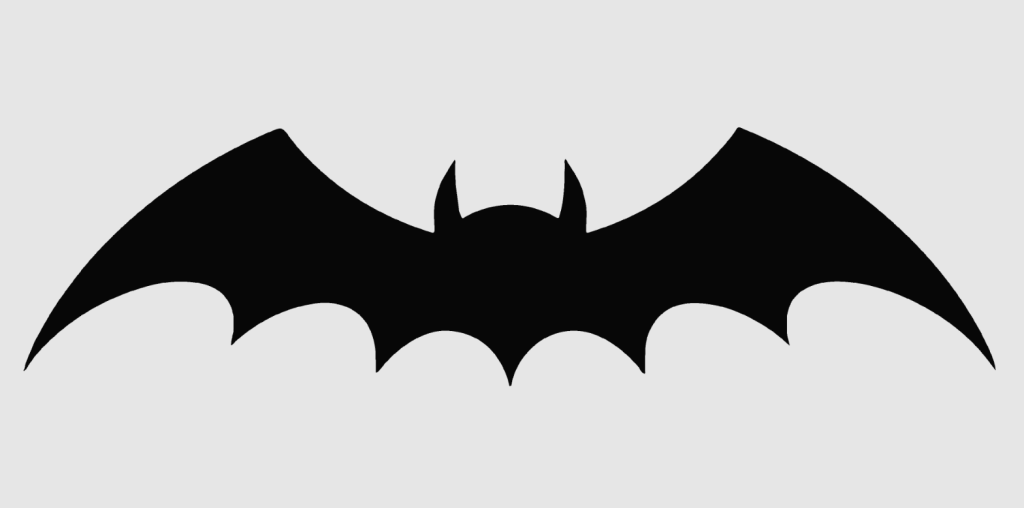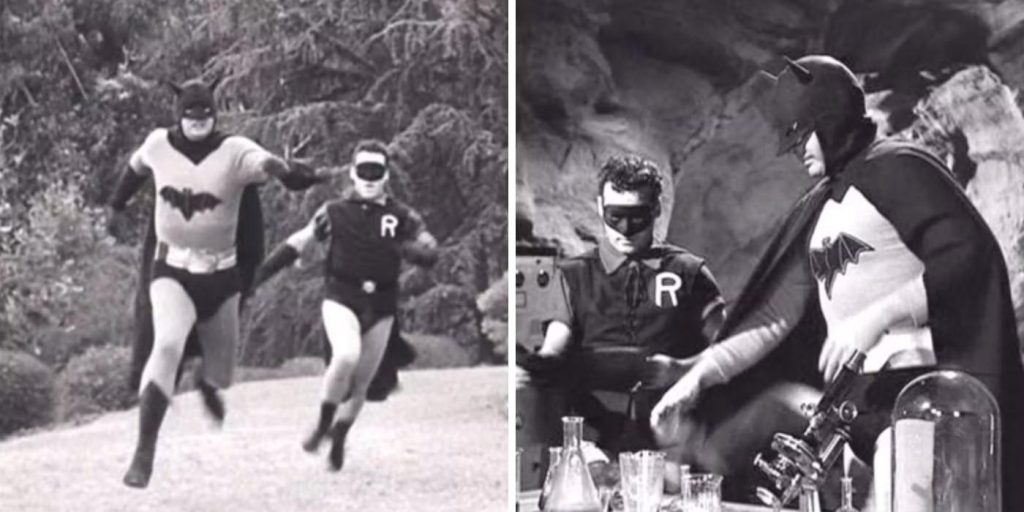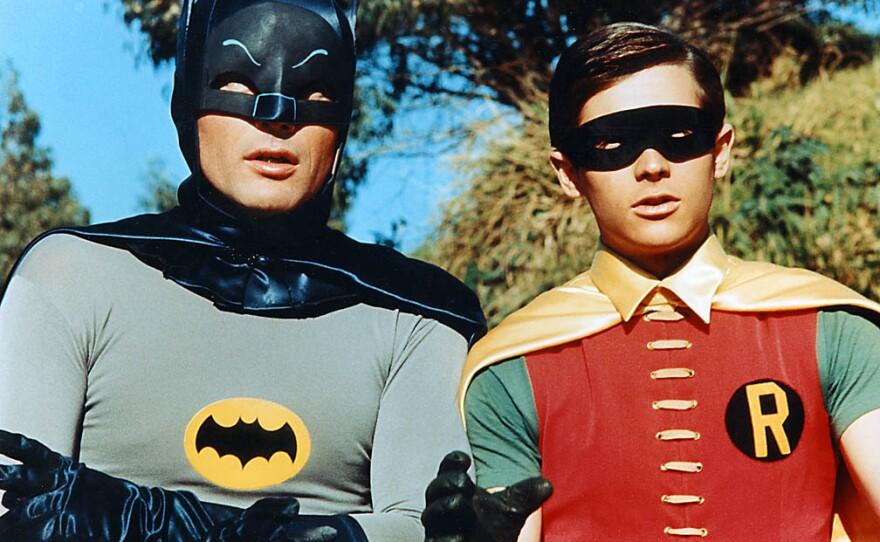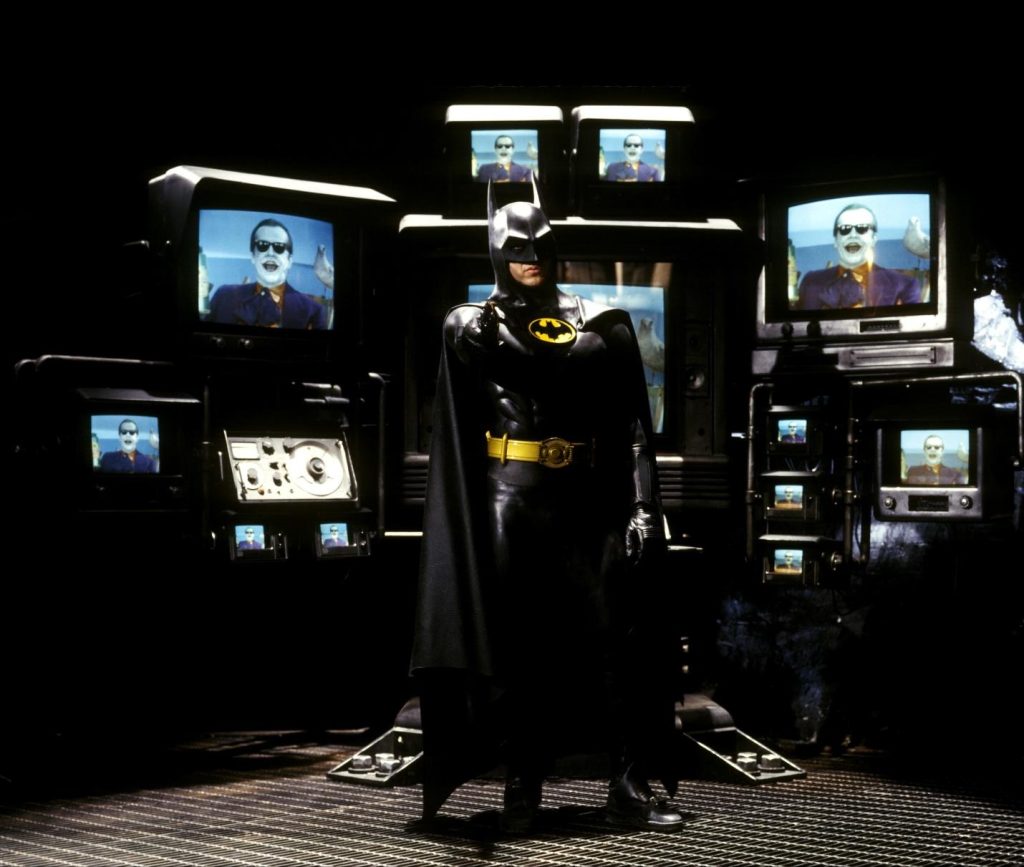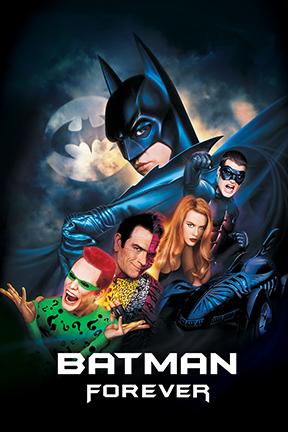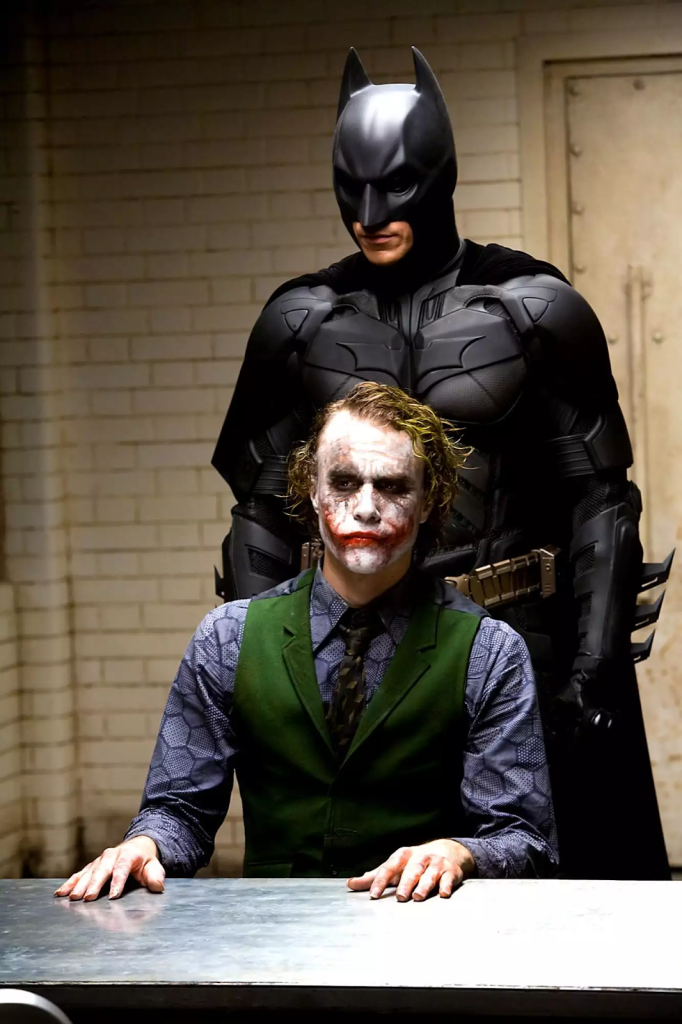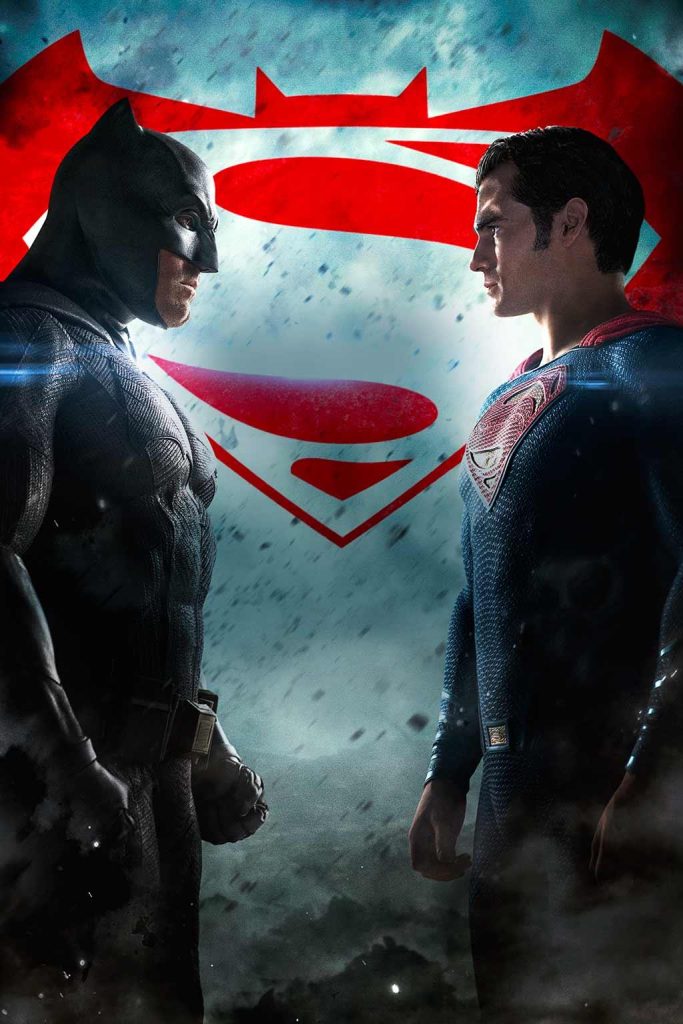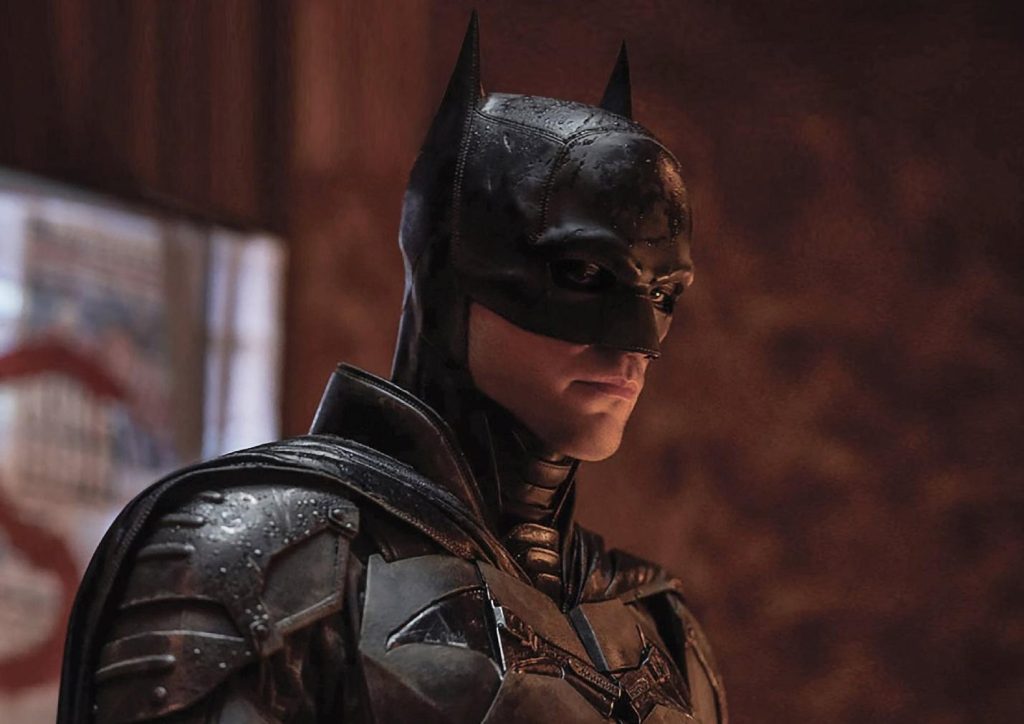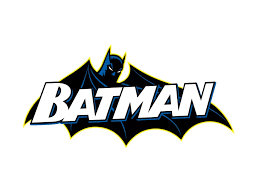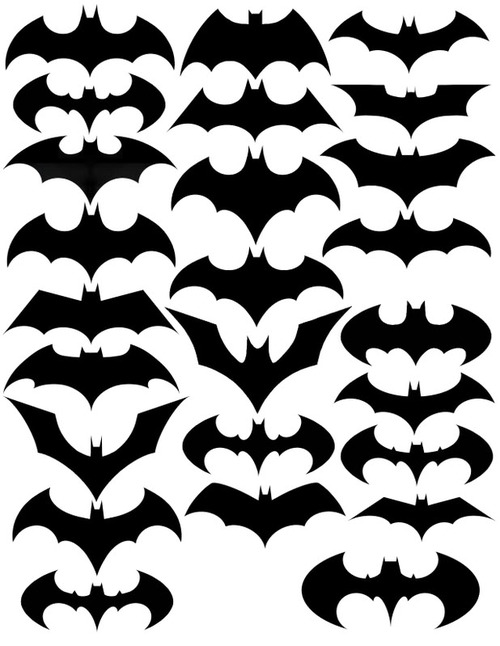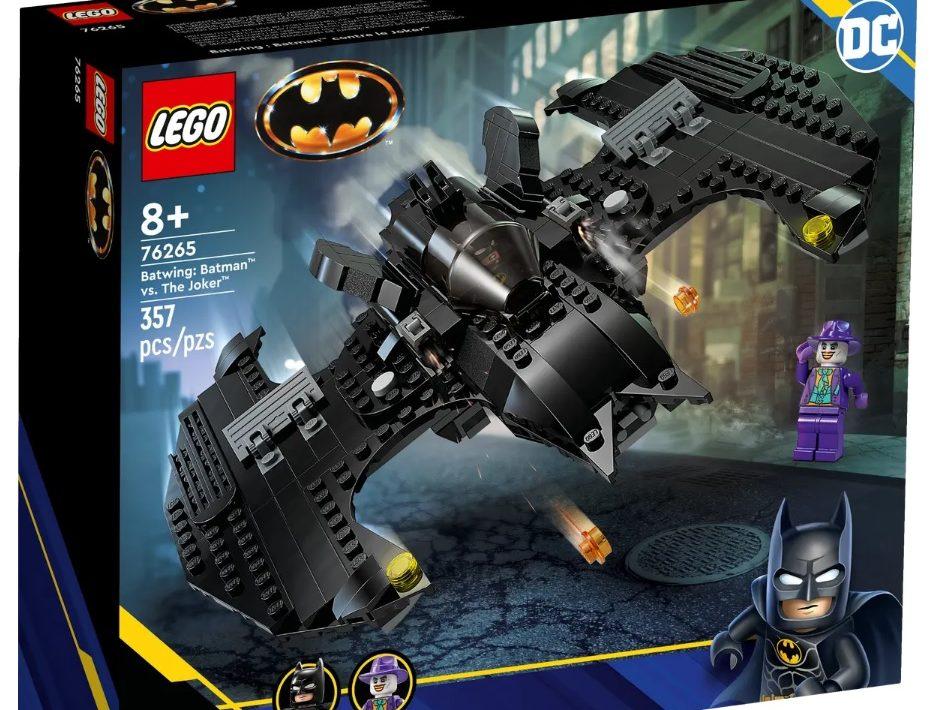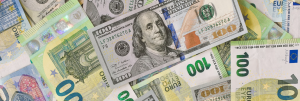Have you ever asked a young child what they wanted to be when they grew up? Many children answer that question with an untraditional, imaginative response – a superhero.
Who can blame them though? A superhero is the epitome of imagination, a symbol of hope, a pillar of strength, and a champion of good. One of the many superheroes out there that embodies all of this is Batman and Batman is often a superhero that young children want to grow up to be like.
Whether you know what the Batman logo looks like, or you have no idea, by the end of this article we promise that you’ll know all of this and more. Throughout the remainder of this blog post, we’ll take a closer look at this iconic character and how Batman’s logo evolved over the years.
Meet Batman
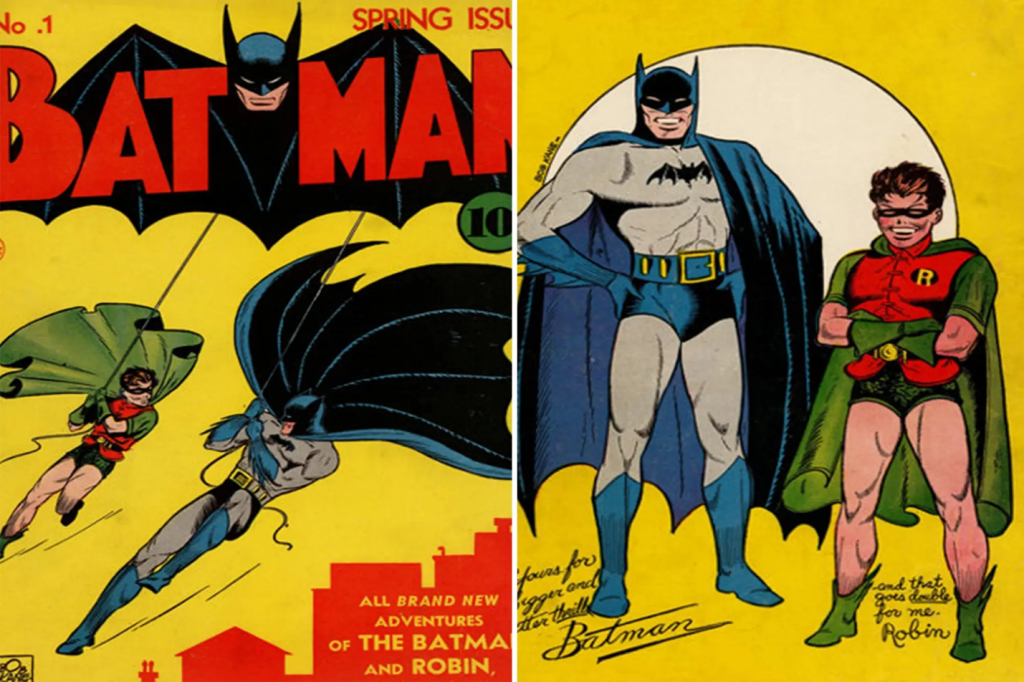
If you’ve never seen a Batman film or read a Batman comic, let us bring you up to speed in approximately 60 seconds. Batman is a superhero tasked with protecting Gotham City.
Each night, Batman dresses up as a bat and sets out to fight evil, providing a clear message that criminals won’t get away with evil if Batman can stop it. When he isn’t out fighting crime, he is known to the world as Bruce Wayne.
Bruce’s parents were shot and killed in front of him when he was young. He grew up to be a billionaire and is known to the public as a man without any superhero powers. At night though, he turns to his quick smarts, strategic thinking, bat costume, and strong physic to tackle Gotham City’s most evil villains.
The first Batman film debuted in 1943 and since then, there have been more than 10 live-action Batman films, countless other films where Batman was simply featured, and a variety of other spin-offs of the franchise.
Over the years, the actor behind Batman has also changed. In 1966, Adam West took the title role, in 1989 Michael Keaton was Batman for the first time, in 1997 it was George Clooney, in 2005 it was Christian Bale, in 2016 it was Ben Affleck, and most recently, in 2022, it was Robert Pattinson. Each Batman leading actor has brought his spin to the Batman role.
Regardless of each actor’s take on Batman, every single film always features the same black costume and a variation of the iconic Batman logo.
The Evolution of Batman
While the above is only a brief overview of the Batman franchise, the easiest way to dive into the history of the character is to look at the live-action, Batman films that evolved over the years.
1943-1949: The first Batman appearance
Before there were Batman films, there were two Batman series, Batman and Batman and Robin. This was our first introduction to the Batman character on the television screen. Before these characters were brought to life on the screen, people only knew them from the pages of their comic books.
1966: Batman: The Movie is released
After the two-television series grew in popularity, 20th Century Fox created a film adaptation called Batman: The Movie. Adam West starred as Batman and this film was credited as being the driving force behind all the Batman films we know and love today. Without this first film, producers and directors would have never known Batman sells.
1989-1997: The Tim Burton and Joel Schumacher era of Batman
Nearly two decades after the first Batman film, Tim Burton created another Batman screenplay in 1989, simply titled Batman. This film featured Michael Keaton in the Batman role, with Jack Nicholson as the Joker. This Batman film grossed more than $400 million at the box office, received an Academy Award for Best Art Direction, and broke several box office records.
Burton created a second Batman film, Batman Returns in 1992 with Michael Keaton in the leading role again. This time the film was not simply a reboot of the existing film, but featured a different storyline, building on the Batman theme. Batman Returns added to its cast featuring Michelle Pfeiffer as Catwoman and Danny DeVito as Penguin.
The next two Batman films were directed by Joel Schumacher and were Batman Forever and Batman & Robin. Since the film had a new artistic direction and was more mainstream, Michael Keaton decided to not continue as Batman.
The new leading actor was Val Kilmer for Batman Forever, which was released in 1995. While Batman Returns did not receive any Academy Award nominations, this one received three and earned more than $350 million.
With this success, Warner Bros. kept on Schumacher as the director for its next Batman film, Batman & Robin which was released in 1997.
While this film had an all-star cast consisting of George Clooney as Batman, as well as Arnold Schwarzenegger, Uma Thurman, and Alicia Silverstone, this version wasn’t as positively received.
2005-2012: Batman unveils The Dark Knight trilogy.
After a brief live-action break, a three-part Batman series called The Dark Knight was released. Each film was directed by Christopher Nolan. The first film was called Batman Begins and was released in 2005.
Unlike prior Batman films, this version had a darker tone to it with Christian Bale as the leading character throughout the trilogy.
In its opening weekend, the film grossed almost $50 million. The second film in the trilogy, The Dark Knight was released in 2008.
This film also featured the late Heath Ledger, Aaron Eckhart, and Maggie Gyllenhaal. Building off the momentum of the first Dark Knight film, this film generated more than $1 billion and received eight Academy Award nominations. The final part of the trilogy was The Dark Knight Rises.
This film added to its A-list cast with Anne Hathaway, Joseph Gordon-Levitt, and Tom Hardy joining the roster of actors. This film outperformed the prior Dark Knight film, earning close to $1.10 billion.
2016-2023: Batman is featured across films set in the DC universe
If you’re a DC fan, you’re likely already familiar with its extended universe. Within this universe are a variety of “superhero” films where Batman is either featured or has a quick cameo.
For most of these films, Ben Affleck is featured as Batman, but in The Flash, both Michael Keaton and George Clooney also have a brief Batman cameo.
2022-Today: The latest Batman films
In 2022, Matt Reeves directed a new Batman reboot called The Batman. In the latest Batman film, Robert Pattinson takes on the leading role.
Pattinson is expected to keep this title role for the second Batman film by Reeves called The Batman Part II, set to release in 2025.
Roadblocks Along the Way
If you’re an avid comic book follower, you likely already know the great debate between DC Comics and Marvel. Marvel is behind films like The Avengers, Spider-Man, and Black Panther, whereas DC Comics is behind films like Batman, Man of Steel, and Wonder Woman.
While all fall in the comic book realm, there is a clear divide between the two brands. To continue generating top box office revenue and to continue generating just as much hype as a new Marvel film, DC Comics has had to think creatively about film distribution, the cast of each film, the storylines, and much more.
By thinking critically about all aspects of each DC Comics film, the brand has been able to gather the attention of not just DC Comics fans, but also Marvel (and other fans) as well!
The Meaning of Batman’s Logo and Batman’s Logo History

1939: The first version of the Batman logo
When Batman was first introduced to the world, the logo it was introduced with was a simple one. This iteration featured a silhouette of a bat’s wings, with five different wing points. The Batman franchise wasn’t sold on this initial design though because that same year, the second iteration was released.

1939-1941: The second version of the Batman logo
For this version, Batman built on the features of the original logo design and made the image more “bat-like.” This version came out the same year as the original logo design and the updates included edits to the two bat ears and the points of the wing. This design took up more space than the original design, making it stand out even more.

1941-1944: The third version of the Batman logo
As we move through the logo evolution of the Batman logo, you’ll notice that many of the updates were minimal – including the changes made for this version. This design also played around with space, but instead of expanding horizontally, this iteration shorted the batwings and took up more vertical space. The ends of each of the five wing tips were sharper than in the past versions.

1946-1950: The fifth version of the Batman logo
In case you haven’t noticed yet, Batman was indecisive about how many wing tips the brand wanted for its logo design. For this version, there were 5 tips again, with the tail tip being the longest one.

1950-1956: The sixth version of the Batman logo
The biggest update to this design was made to the top of the wings. Previously the top of the wings have been a straight line but for this iteration, Batman made them an arc. This small update made the logo more versatile because the logo could take up more, or less, space far easier, and could appear on a variety of shapes and backgrounds.

1956-1958: The seventh version of the Batman logo
In 1956, Batman was ready to unveil a new logo again, this time removing the curved upper wings. This logo design resembles a triangle so even without the curved upper wings, the logo could remain versatile, able to appear on a variety of mediums given its smaller size.

1960-1964: The ninth version of the Batman logo
Like prior versions, the eighth logo iteration did not last long. When it was time to update the logo design again, the wings returned to their thicker shape. Rather than shortening the head, Batman kept the head elongated, to accentuate that feature.

1964-1966: The tenth version of the Batman logo
In 1964, Batman received its largest update to date. This tenth version was the first time Batman experimented with adding color to the design, choosing yellow to accompany black. The black bat sat in a yellow oval, which had a thin, black outline. The overall shape of the bat silhouette remained like logos past, however, the wings needed to become slightly more curved to fit inside the emblem the best. Yellow symbolizes a new beginning and hopefulness, which Batman represents as he fights crime.
1966-2000: The eleventh version of the Batman logo
After gaining popularity with the yellow color choice, Batman decided to finetune the yellow emblem design. This time, the bat silhouette took up almost the entire oval. The ends of the wings mimic the oval shape, with a prominent curve. Each wing tip was also more curved, and the bat’s ears were updated. This logo design looked like a badge that Batman could easily wear on his chest.

2000-Today: The twelfth (and current) version of the Batman logo
Unlike the earlier years of Batman where the logo design changed frequently, the eleventh version stuck around for more than thirty years. The logo we know today has no yellow to it and the bat’s wings resemble some of the earliest logo iterations. The head however remains exaggerated, which is a component kept from more recent years.
While these are the official versions of the Batman logo over the years, it’s important to note that sometimes you’ll find different variations of these logos across film, comic books, websites, and fan memorabilia. Regardless of the Batman logo you encounter, it’s safe to say the design will be based off one of these official logo versions.
Batman’s logo font:
This logo design teaches us the power that can come with only using a symbol. At no point throughout Batman’s logo evolution does the logo feature any font, or any words.
Batman’s logo color:
Even though Batman’s logo did feature yellow for a few decades, which we commented on above, the main color Batman’s logo has always featured is black. Black is commonly a color associated with mystery, power, and sophistication. This color choice ties in directly with the brand. The premise behind Batman is that no one knows Batman’s identity and that Batman is a powerful figure fighting evil, in the fight for good in the world.
Batman’s logo symbols:
Like black, the symbol of a bat represents mystery and the battle between good and evil.
Bats come out at nighttime and grow stronger and stronger, which is what the Batman franchise is focused on.
This symbol choice was a symbol that accurately represents the Batman brand.
Batman Today
When you watch a Batman film today, you’re still reminded of Bruce Wayne from the first Batman film. Batman is still the fierce protector of Gotham City. At night, as he fights evil, he dresses as a bat, in all black, resembling the iconic logo silhouette.
A variety of other characters we are familiar with are from the Batman franchise from Robin to Catwoman to Poison Ivy. The next Batman film scheduled to be released is The Batman – Part II in October of 2025, where Robert Pattinson will remain as the title character.
While there are countless Batman fan memorabilia you can purchase, one of the latest items is LEGO Group’s 3 new Batman sets released in August 2023. The latest Batman LEGO sets highlight Michael Keaton’s Batman character, the Caped Crusader, as well as the Batmobile and some other well-known 1989 mini-characters. This release was a timely one as it synced up with Michael Keaton’s appearance in The Flash film in 2023.
Lessons Learned from Batman
The biggest lesson we can all take away from Batman’s logo evolution is to truly let your logo speak for itself. Rather than fill up the logo design with various components, Batman simply used a bat silhouette. This silhouette resembled Batman’s ensemble as he set out to fight evil.
The logo depicts the bat’s head and wings, all symbolic of the Batman character. This logo design was so simple that it didn’t even use any words to help convey its brand. The simplicity of this logo allowed for it to stand out and easily be scaled up or down, no matter the film, costume, or medium it was being printed on.
We know it may seem daunting to only use a symbol for your logo design, but it worked for Batman, and it has the potential to work for you if that is the logo you’d like to use as inspiration! If not, that’s fine too! There are plenty of other logos you can get inspiration from in Logo Design Magazine!

